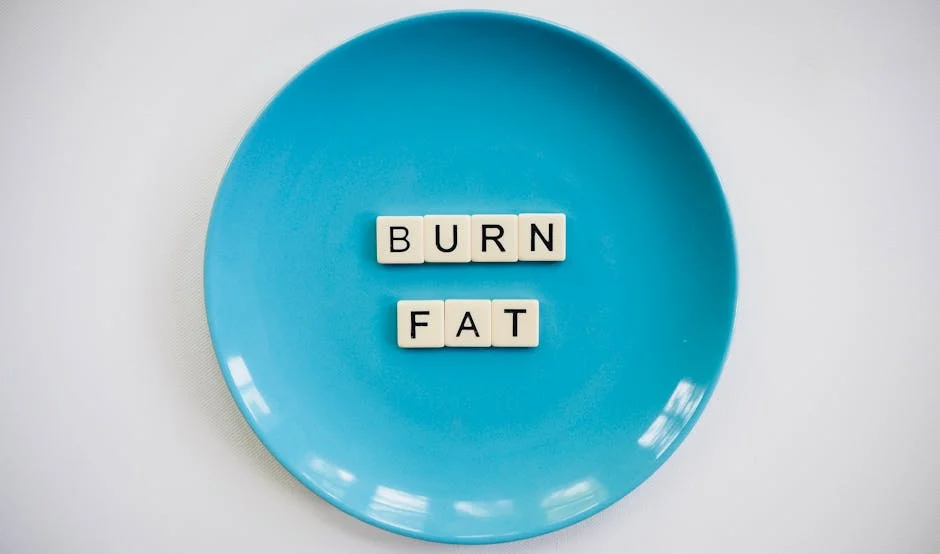Introduction
Are you looking to unlock your body’s fat-burning potential? The Paleo diet, inspired by the eating habits of our hunter-gatherer ancestors, has gained popularity for its potential to boost metabolism and promote weight loss. This article explores the connection between the Paleo diet and metabolism, providing insights into how it can help you burn fat effectively.
Understanding the Paleo Diet and Metabolism
What is the Paleo Diet?
The Paleo diet emphasizes whole, unprocessed foods that our ancestors would have had access to. This includes:
- Lean proteins (meat, poultry, fish)
- Fruits
- Vegetables
- Nuts and seeds
Foods to avoid include:
- Grains
- Legumes
- Dairy
- Processed foods
- Refined sugar
How the Paleo Diet Impacts Metabolism
The Paleo diet influences metabolism in several key ways:
- Blood Sugar Regulation: By eliminating refined sugars and grains, the Paleo diet helps stabilize blood sugar levels. This reduces insulin spikes, which can contribute to fat storage.
- Increased Protein Intake: Higher protein consumption boosts satiety, reduces cravings, and has a thermic effect, meaning your body burns more calories digesting protein compared to carbohydrates or fats.
- Reduced Inflammation: Processed foods and grains can contribute to inflammation in the body. The Paleo diet, rich in anti-inflammatory foods, can help reduce inflammation and improve metabolic function.
- Improved Gut Health: Eliminating gluten and other potential gut irritants may improve gut health. A healthy gut is essential for efficient nutrient absorption and overall metabolic well-being.
Paleo and Fat Burning: A Closer Look
The Role of Insulin Sensitivity
Insulin sensitivity is crucial for efficient fat burning. When you’re insulin sensitive, your body can effectively use insulin to transport glucose into cells for energy, rather than storing it as fat. The Paleo diet can improve insulin sensitivity by:
- Minimizing processed carbohydrates
- Increasing fiber intake from fruits and vegetables
Protein, Satiety, and Calorie Control
As mentioned earlier, the Paleo diet’s emphasis on protein plays a significant role in fat burning. Protein helps you feel fuller for longer, making it easier to control your calorie intake and maintain a calorie deficit, essential for weight loss.
Nutrient Density and Metabolic Support
The Paleo diet is packed with nutrient-dense foods like fruits, vegetables, and healthy fats. These nutrients support various metabolic processes, including hormone production, enzyme function, and energy production.
Tips for Optimizing Paleo for Fat Loss
Prioritize Whole, Unprocessed Foods
Focus on consuming whole, unprocessed foods as much as possible. Avoid processed Paleo-friendly snacks and treats, which can still be high in calories and added sugars.
Track Your Macros
While not strictly necessary, tracking your macronutrient intake (protein, carbohydrates, and fats) can help you fine-tune your Paleo diet for optimal fat loss. Experiment with different macronutrient ratios to see what works best for your body.
Incorporate Strength Training
Combine the Paleo diet with regular strength training exercises. Building muscle mass increases your basal metabolic rate, meaning you burn more calories at rest.
Get Enough Sleep and Manage Stress
Adequate sleep and stress management are crucial for metabolic health. Lack of sleep and chronic stress can disrupt hormones that regulate appetite and metabolism, hindering your fat-burning efforts.
Conclusion
The Paleo diet offers a promising approach to boosting metabolism and promoting fat burning by focusing on whole, unprocessed foods and eliminating common metabolic disruptors. By prioritizing nutrient density, regulating blood sugar, and supporting gut health, the Paleo diet can help you unlock your body’s fat-burning potential. Remember to combine the Paleo diet with regular exercise, adequate sleep, and stress management for optimal results. Always consult with a healthcare professional or registered dietitian before making significant changes to your diet.
